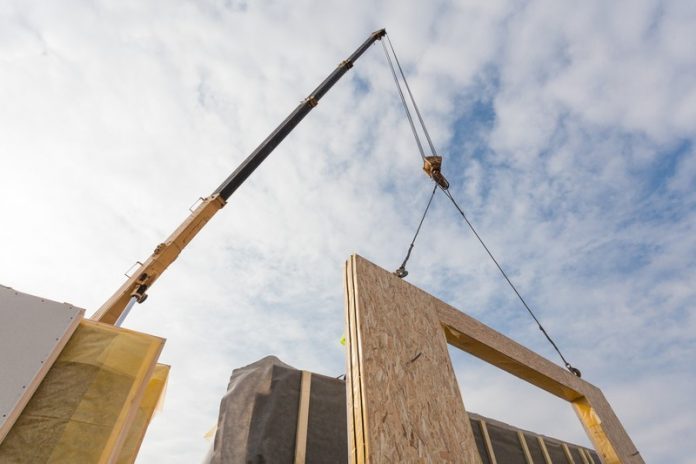Modular homes are no longer the uninspired, poor quality prefabs of post-war Britain. Premier Guarantee busts some of the myths surrounding this increasingly popular modern method of construction
Modular homes, also known as prefabricated homes or precision-built homes, are made up of separate module sections, which are constructed offsite then delivered to the intended site for use for assembly. The building method is often referred to as permanent modular construction and can take anywhere between a few hours to a few months to complete. Modular homes were popular in 1968 after approximately 450,000 were built in the UK to address the capital’s post-war housing problem. Today, only around 2,000 of these homes are still standing, which has influenced many people to believe modular construction is cheap and of low quality.
But how much of this is actually true?
Misconception 1: Modular housing is cheaper, therefore, it must be lower quality
Prefab homes from the 1950s and 60s were known for their poor quality. As a result, prefabrication has become a dirty word for some, which is why other terms have emerged, such as MMC and offsite construction manufacturing. However, it’s important to remember that technology has moved on since then. The industry’s understanding of materials has evolved, as well as building regulations. One way to overcome this major misconception is to show people the actual product to display in person.
Misconception 2: Modular homes are boring and uninspiring
Many people are still associating modular housing with blocky, uniformed buildings, which can be immediately detected as modular buildings. Experts in the modular industry are working harder to dispel those myths and prove that high-quality architectural products can be made through a manufacturing process. Digitally led manufacturing is the future, as opposed to building in construction sheds.
Misconception 3: Modular homes are not built to last
Contrary to popular belief, modular homes are worthwhile investments, as they possess structural integrity. Strict measures are in place to reduce manufacturing defects and prevent damages. Modular homes undergo structural, mechanical, electrical, and plumbing assessments to ensure durability and functionality.
Misconception 4: Modular homes will save the housing crisis
This is wrong. By itself, the modular housing industry won’t solve the country’s lack of housing. There are many other contributing factors that need to be addressed first, such as planning permission and availability of land. What is promising to see, however, is that the government is taking this seriously, with Theresa May implementing changes last month to increase the number of homes being built.
To conclude, there are many misconceptions relating to modular homes; however, they truly do provide a cost-effective alternative to building homes manually. By having prefabricated sections delivered on-site ready for construction, so much time is saved. The modular industry definitely has some hurdles to overcome, as a result of the bad reputation that was established in the 1960s, however, we believe the future is bright for prefab homes.
Please note: this is a commercial profile
Premier Guarantee
Tel: 0800 107 8446

















